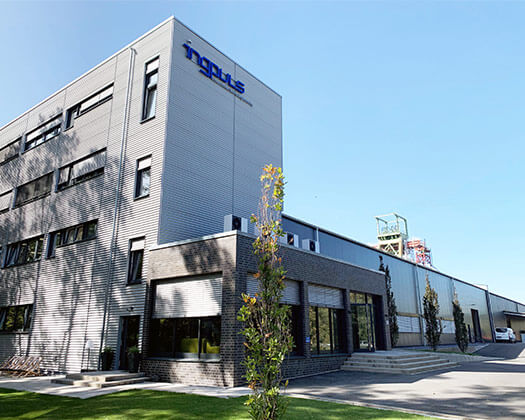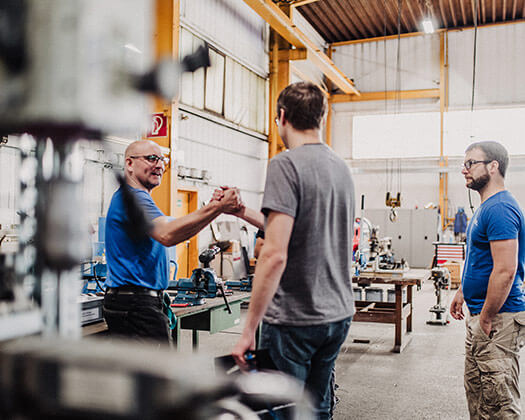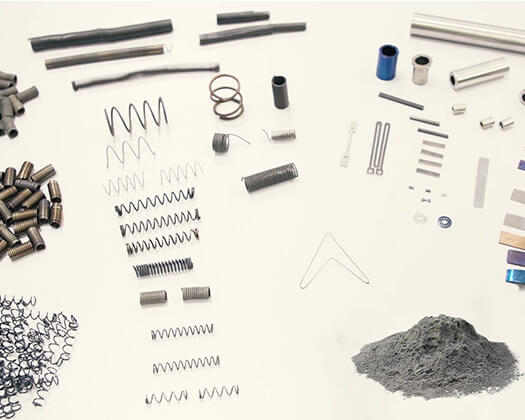What is shape memory technology?
Shape memory engineering refers to the technology behind shape memory alloys (SMA) and deals with the totality of all shape memory materials as well as their application.
What is a solid state phase transformation?
Depending on temperature and pressure, metals can assume three different states: Solid, Liquid, Gas.
The transition from one state to the other is correctly called a phase transformation. A state in which a metal is (solid, liquid, gas or plasma) is thus called a phase. The phase includes all components of a substance that are homogeneous – that is, have (approximately) the same chemical and physical properties:
– Melting (transition from solid to liquid)
– Solidification, also freezing or crystallization (transition from liquid to solid)
– Evaporation (transition from liquid to gas)
– Condensation (transition from gaseous to liquid)
– Sublimation (transition from solid to gas)
– Resublimation (transition from gaseous to solid)
The basic mechanism of martensitic phase transformation as a solid-to-solid phase transition is a diffusionless, reversible transition. In this process, the high-temperature phase (austenite) passes into the low-temperature phase (martensite). Due to the different geometry of the lattices of the two phases, internal stresses are created in the material during the transformation.
The special feature of SMA is that the reduction of these stresses occurs almost exclusively via the formation of twin boundaries. Strongly “twinned” martensite is formed.
By applying a force, the twin boundaries can be displaced – the martensite “untwins”. This occurs via folding processes and leads to very high reversible deformations. Values of 8-10 % are typical for SMA and thus lead to excellent actuator materials.
Shape memory technology and NiTi: Nitinol
Shape memory alloys (SMA) based on nickel and titanium, also called Nitinol, are characterized by different properties, which NiTi-SMA can be implemented in versatile fields.
Nitinol is characterized by good corrosion resistance and biocompatibility. The material achieves strengths of over 1200 MPa, approaching those of most steels. In order to make good technical use of the various shape memory effects, it must be applied within a temperature interval defined by the transformation temperatures. For nitinol shape memory alloys, this is in a range of about -50 to +100 °C. In this temperature range, the phase transformation temperature, i.e. the activation temperature for the shape memory, can be set to an accuracy of about one degree according to current laboratory tests. For this reason, in addition to the determination of the chemical composition, the determination of the phase transformation temperatures is the most important method for characterizing the functional properties. As a solid state factor, the achievable strains are up to 5%. Usable forces of up to 150N per mm2 actuator cross-section are generated.






